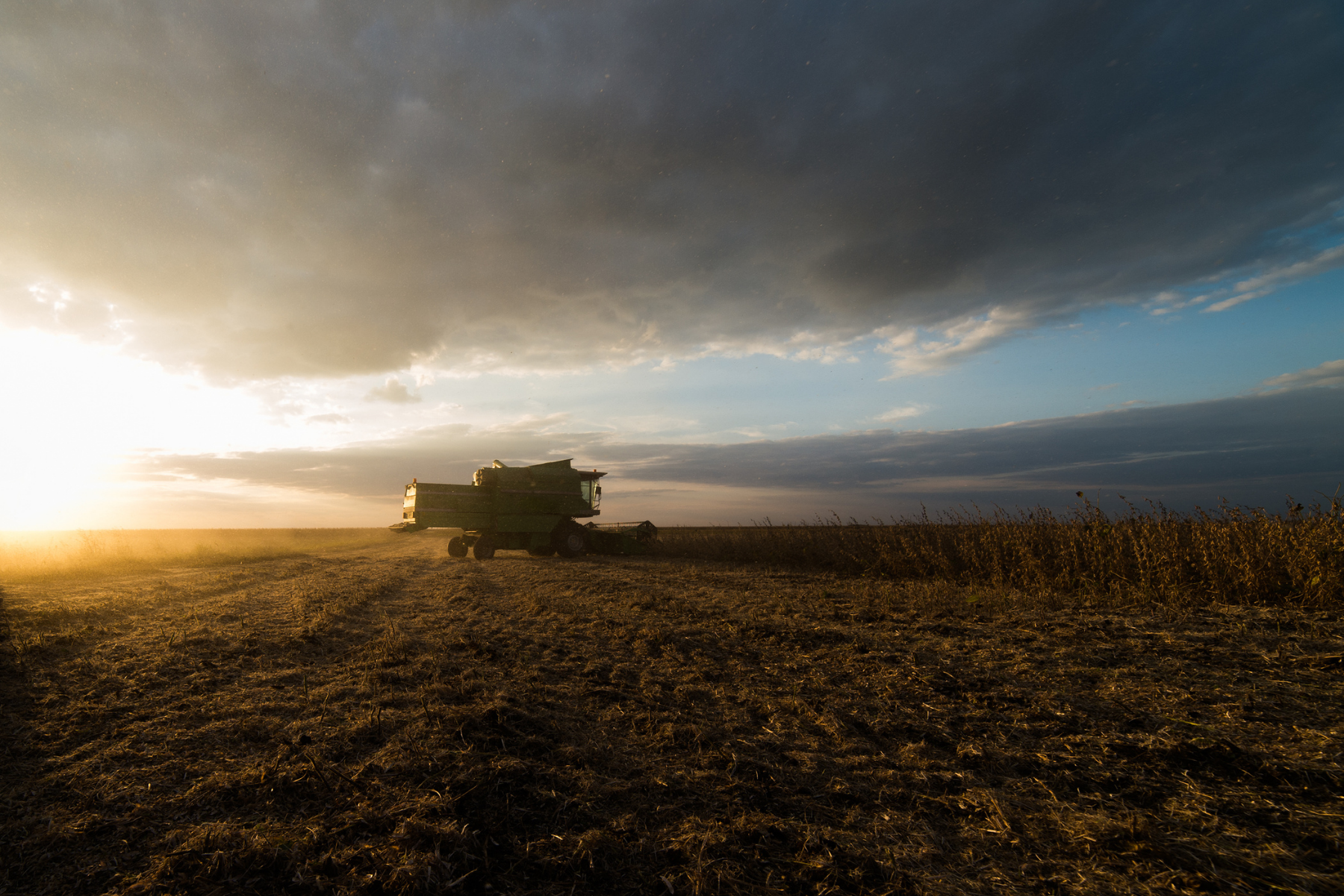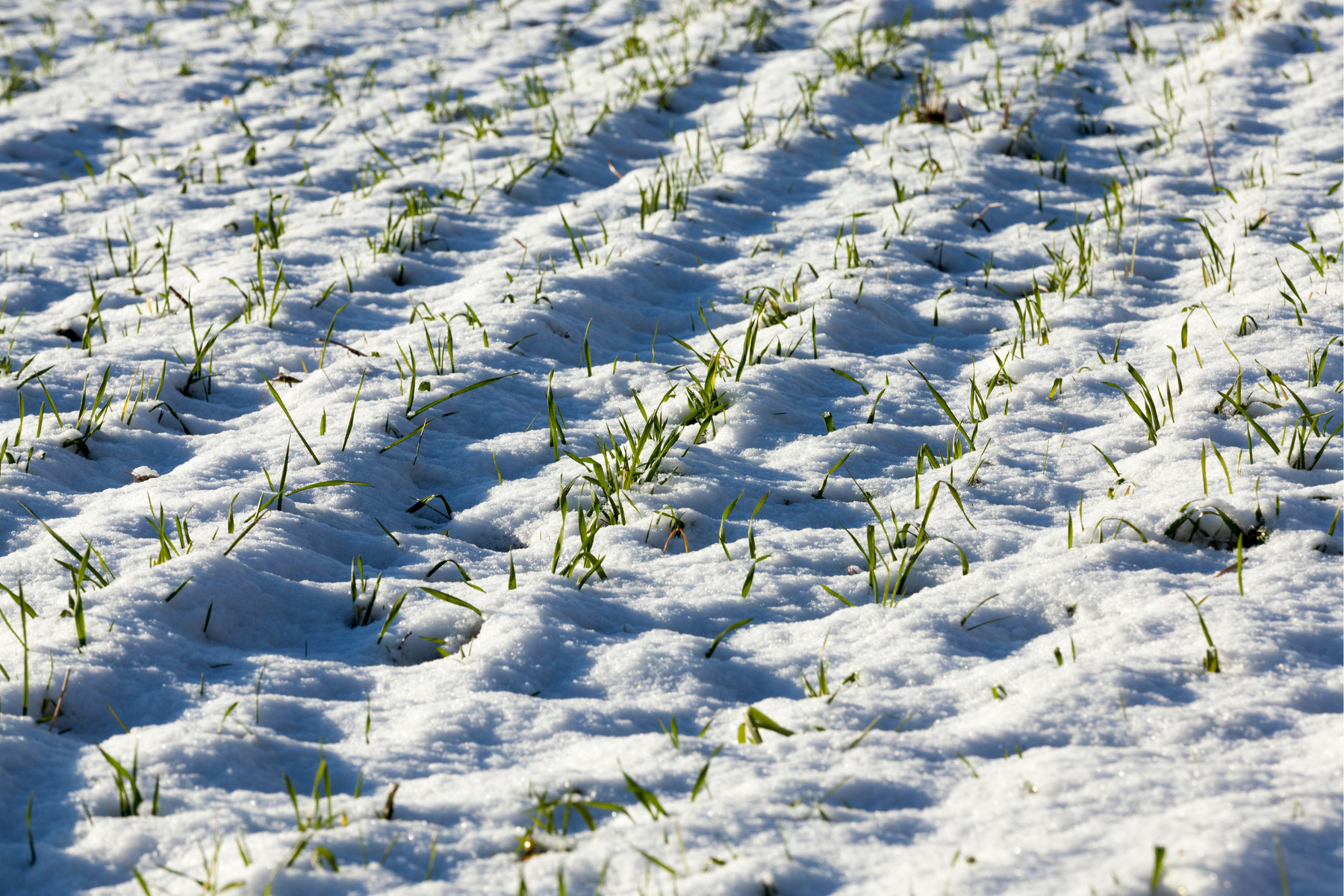Here are the latest updates from our bi-weekly regional OMAFRA agronomy meeting. These meetings give agronomists a chance to discuss local issues and share effective solutions. This information will help you make timely decisions to keep your crops healthy and productive.
1. Alfalfa Weevil: A Growing Concern
Two weeks ago, we discussed the alfalfa weevil problem. Unfortunately, this pest has now been found as far north as St. Thomas. If you grow alfalfa, you’re probably getting ready to cut your fields, or you might have already done so. It’s crucial to keep an eye on new growth for alfalfa weevil, especially if you noticed them before cutting. These pests are small but mighty, and they can cause significant damage to your crops.
What You Should Do:
- Scout your fields: After cutting, inspect the new growth for any signs of weevils.
- Understand the threshold: On 12-inch alfalfa plants, even a small number of weevils can be harmful.
- Act quickly: If you spot weevils, take action immediately to protect your new growth.
2. Using 2, 4-D Ester Before Planting Dry Beans
Many of you are considering using 2, 4-D Ester before planting dry beans. This herbicide can help control weeds, but it’s important to handle it correctly to avoid damaging your crops.
Important Points to Remember:
- Wait Time: After applying 2, 4-D Ester, you must wait 7-14 days before planting your dry beans. This waiting period is crucial because the ester formulation can harm the emerging beans.
- Plan Ahead: Schedule your herbicide application and planting to ensure you’re within this safe window.
3. Early Planted Corn: Monitoring for Problems
Most of the early planted corn is looking great, which is fantastic news! However, there are some exceptions, particularly in fields planted under less-than-ideal conditions.
What to Watch For:
- Leafing Out Underground: About 5% of corn plants in some fields are having trouble, with leaves not emerging above ground.
- Check Your Stands: It’s essential to do plant stand counts. If a corn plant doesn’t emerge before it throws the first leaf, it likely won’t survive. Identifying and addressing these issues early can save you time and money.
4. Corn Planting Population: Don’t Believe the Rumors
There’s a rumor going around that you should reduce your corn planting population as the season progresses. This is completely false. The number of seeds you plant per acre should not change based on the date.
Corn Planting Tips:
- Keep Your Population Steady: Stick to your planned population, regardless of the calendar date.
5. Soybean Planting: Adjusting for June
Unlike corn, soybean planting populations should be adjusted if you’re planting later in the season. If you’re planting after June 5th, you need to increase your soybean population.
Soybean Planting Tips:
- Increase Population by 10%: After June 5th, add 10% more seeds to ensure a good yield.
6. Nitrate Loss in Corn: Stay Alert
This spring warmed up quickly, raising concerns about nitrate loss in corn. Nitrate is a vital nutrient for your corn, and losing it can impact your yield.
What You Can Do:
- PSNT Test: A Pre-Sidedress Nitrate Test (PSNT) can help determine if your corn has enough nitrogen.
- Monitor Your Fields: If you choose not to do the PSNT, carefully watch your fields for signs of nitrogen deficiency. Look for yellowing leaves or stunted growth as indicators.
7. Stripe Rust in Wheat
Stripe rust has been detected in Southwestern Ontario, with spores arriving through recent storm patterns. One of the reasons stripe rust is so dangerous is because of its short life cycle. It can complete a cycle in just five days, which means it can spread very quickly through a field. It only takes a few spores to start a big problem.
What You Can Do:
- Be cautious when moving through fields. If you walk through an area with stripe rust, you could spread it to other parts of the field or to different fields. If you see a patch of stripe rust, retrace your steps out of the field.
- Rub the leaf with your thumb. If you see a rusty, orange-yellow residue on your thumb, it’s stripe rust. If there’s no residue, it’s likely just physiological fleck.
- Folicure is the best fungicide for controlling stripe rust, but it can be hard to find.
- Products like Bumper or Tilt are good alternatives if Folicure is not available.
- For controlling fusarium head blight, it’s important to apply T3 fungicides when the wheat head is pollinating. It’s better to apply these fungicides two days late rather than one day early to ensure they are effective.
- Use a coarse droplet size when applying fungicides. Fine droplets might not cover the wheat head adequately.
Summary of Key Actions
- Scout for Alfalfa Weevil: Check new alfalfa growth for weevils if they were present before cutting.
- Wait After Applying 2,4-D Ester: Allow 7-14 days after applying 2,4-D Ester before planting dry beans.
- Check Corn Stand Counts: In fields planted under less-than-ideal conditions, ensure all corn plants have emerged properly.
- Maintain Corn Planting Populations: Do not reduce corn planting populations based on planting date.
- Increase Soybean Planting Populations: Increase soybean planting populations by 10% if planting after June 5th.
- Monitor for Nitrate Loss: Consider a PSNT for corn or watch for signs of nitrogen deficiency.
- T3 Fungicides for Wheat Stripe Rust: Folicure is the best but it can be hard to find. Products like Bumper or Tilt are good alternatives if Folicure is not available.
By following these guidelines, you can help ensure your crops are healthy and productive. If you have any questions or need further assistance, don’t hesitate to contact us at Sylvite Agri-Services.




